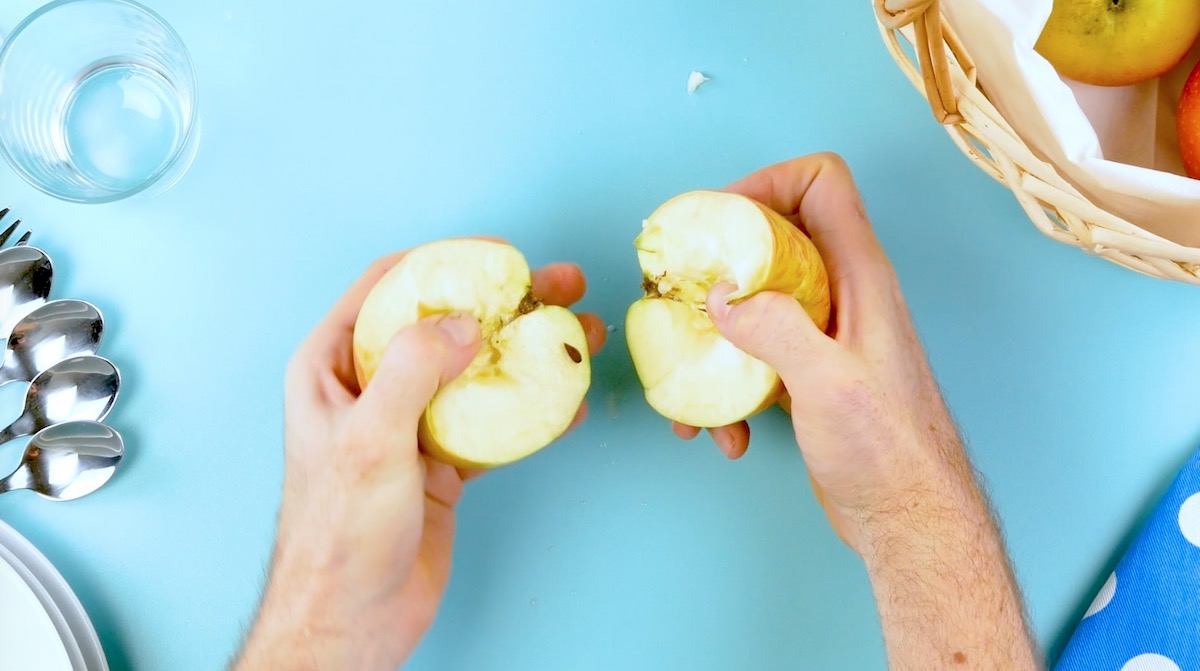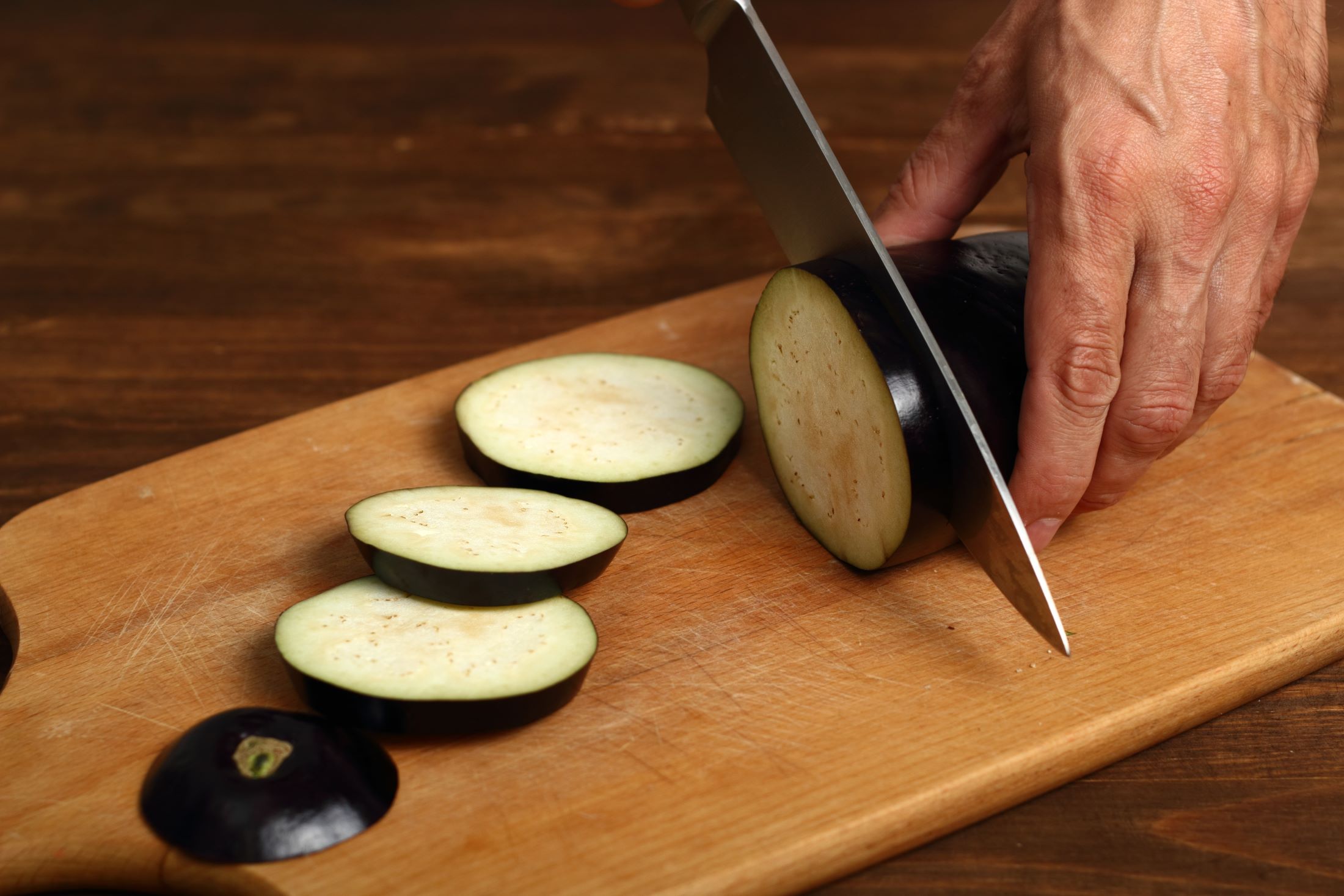How To Cut Pomegranate Easily
As a food expert, I understand the challenges of cutting open a pomegranate. Its tough outer skin can make it seem like a daunting task. But fear not! I’m here to share some simple and effective techniques to help you cut a pomegranate easily.
Follow these steps below and you’ll be enjoying the juicy, sweet arils (seeds) of a pomegranate in no time:
- Gather your tools: Start by grabbing a sharp knife, a cutting board, and a bowl to collect the seeds. It’s important to use a sharp knife to make clean cuts and prevent any accidental slips.
- Score the pomegranate: Hold the pomegranate firmly in one hand and use the knife to score a shallow circle around the crown. Make sure not to cut too deep into the white pith.
- Remove the crown: Once you’ve scored the pomegranate, use your fingers to gently twist and pull off the crown. This will expose the pomegranate’s inner compartments.
- Section the pomegranate: With the crown removed, you’ll see natural ridges on the pomegranate. Follow these ridges with your knife and carefully cut into the pomegranate, from top to bottom. Repeat this process around the entire fruit.
- Break it open: Hold the pomegranate over a bowl and apply gentle pressure on both ends to split it apart. The pomegranate should break into sections, revealing the vibrant ruby-red arils.
- Release the arils: Once the pomegranate is split open, use your fingers to loosen the arils from the surrounding white pith. Be gentle to avoid crushing the seeds and releasing their bitter juice.
- Enjoy the fruit: Your pomegranate is now ready to be enjoyed! Use the arils to add a burst of flavor and color to salads, desserts, or simply enjoy them on their own.
With these easy steps, you can confidently cut a pomegranate without any hassle. By using a sharp knife, scoring, sectioning, and gently breaking open the fruit, you’ll be rewarded with a bowl full of delicious and nutritious pomegranate arils. So don’t let the tough exterior intimidate you – dive in and savor the delightful taste of this exotic fruit!
Was this page helpful?
Read Next: How To Cut Lemons For Drinks











